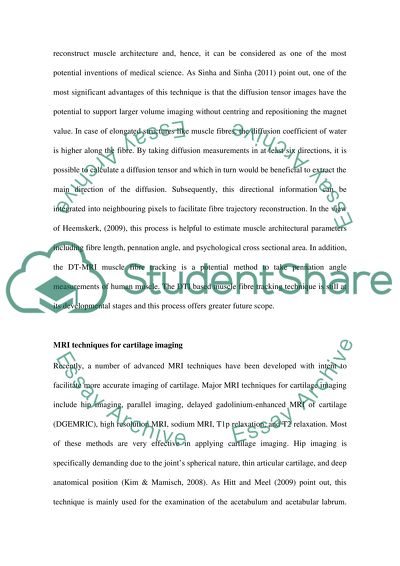Cite this document
(“Diffusion Tensor Imaging (DTI) Essay Example | Topics and Well Written Essays - 1500 words”, n.d.)
Diffusion Tensor Imaging (DTI) Essay Example | Topics and Well Written Essays - 1500 words. Retrieved from https://studentshare.org/health-sciences-medicine/1452003-mri-techniques-used-in-the-imaging-of-antomy
Diffusion Tensor Imaging (DTI) Essay Example | Topics and Well Written Essays - 1500 words. Retrieved from https://studentshare.org/health-sciences-medicine/1452003-mri-techniques-used-in-the-imaging-of-antomy
(Diffusion Tensor Imaging (DTI) Essay Example | Topics and Well Written Essays - 1500 Words)
Diffusion Tensor Imaging (DTI) Essay Example | Topics and Well Written Essays - 1500 Words. https://studentshare.org/health-sciences-medicine/1452003-mri-techniques-used-in-the-imaging-of-antomy.
Diffusion Tensor Imaging (DTI) Essay Example | Topics and Well Written Essays - 1500 Words. https://studentshare.org/health-sciences-medicine/1452003-mri-techniques-used-in-the-imaging-of-antomy.
“Diffusion Tensor Imaging (DTI) Essay Example | Topics and Well Written Essays - 1500 Words”, n.d. https://studentshare.org/health-sciences-medicine/1452003-mri-techniques-used-in-the-imaging-of-antomy.


